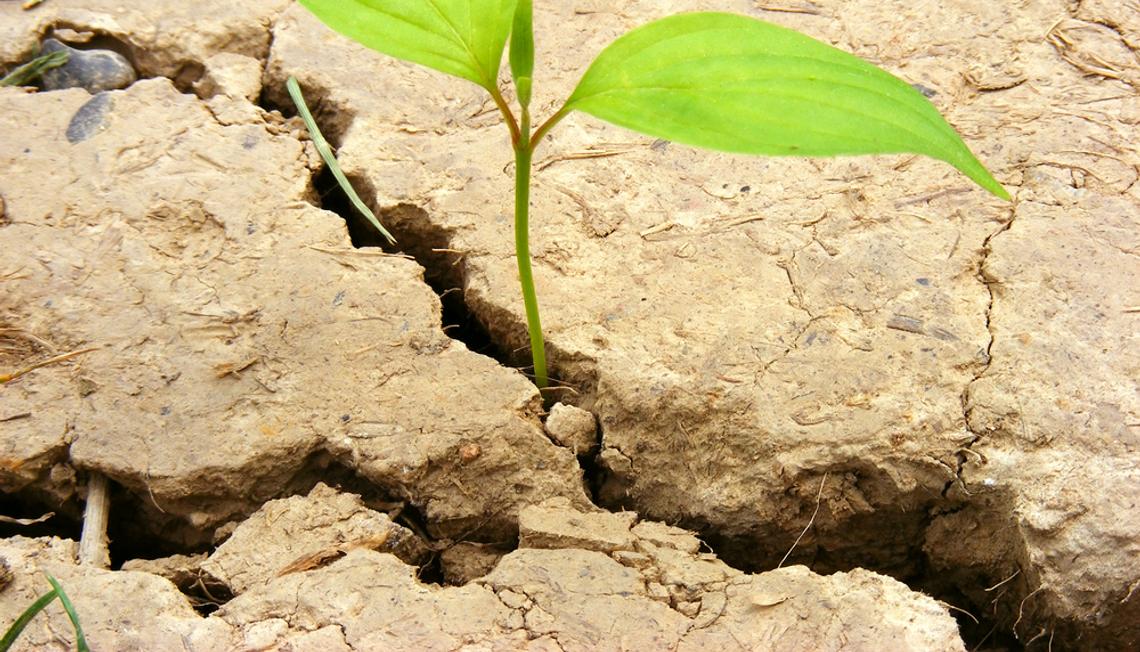
What to keep and what to remove
Making your landscaping impervious to drought does not always mean ripping out everything. For example, if you have large trees, do your best to keep them since they supply a shade canopy for your home, conserving energy. In addition, they provide a protective habitat to native birds and other wildlife, and a cover for other plants. For the most drought tolerant option, consider removing your turf grass. A standard lawn requires constant watering to stay green. Replacing just part of your lawn with a rock garden interspersed with native plants and ground cover can reduce your water bill and increase your environmentally responsible footprint.
What to plant
For the best results, plant species native to your region. Finding the right plant is not difficult thanks to websites like Plant Native that list regional plants, and the nurseries that can supply you with the right species and give you expert advice state by state. In addition, they provide lists of community service organizations that offer classes and tutorials on local flora. Other places to find information include local universities, plant nurseries and garden shops.
Add ground cover
Removing turf and non-native plants that require consistent watering is just part of the process. Covering exposed ground with lava rock and mulch helps it retain water and reduces erosion. Consider installing ground cloth under your rock and mulch to reduce weed growth and retain additional moisture. According to the University of Ohio, property mulching reduces the soil temperature and adds nutrients to the soil, making existing plants more drought tolerant and less susceptible diseases, or to attacks by insects.
Try compost
Adding compost to your soil before you mulch increases the likelihood that the rain or irrigation waters absorb into the soil rather than running off. According to the Arboretum and Public Garden at UC Davis, composting is second only to mulching to save water and improve drought survival.
Update your irrigation system
An old or faulty irrigation system wastes precious water and costs money both in increased utility bills and lost landscaping, so have it inspected to be sure it is operating properly. Make sure to water according to the landscaping and soil, including less frequently on clay soils since they store water, and more frequently at smaller amounts for sandy soils. Install modern smart technology controls taht automatically sense rainfall and other conditions, and adjust both the water amount and watering frequency. Consider using a grey-water irrigation system that uses water from your household sinks, tubs, showers and washing machines to water your landscaping. Since this water is not exposed to toilet waste, it generally is beneficial to plant life if combined with biodegradable soap and detergent use.
Proper landscaping increases your home’s value and curb appeal. We can help you find local professionals to advise you on the best drought tolerant ideas for your landscaping.
Compliments of Virtual Results




